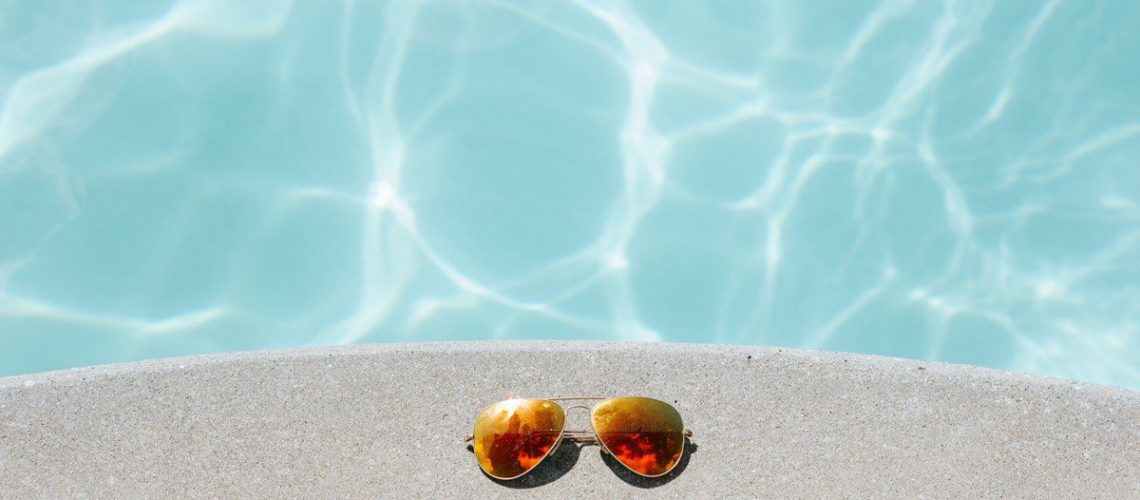The SPSA states that there are 10.4 million residential pools in the US. All those residential pool owners understand that pools need a lot of care and maintenance to keep them clean and ready for a dip.
One of the more common issues pool owners face in terms of cleanliness is how to get rid of algae spots in the pool.
Pool algae can definitely ruin your day, and the backyard pool party you have been planning for a very long time, if you don’t know how to get rid of it.
Read on to learn more about Texas algae problems and solutions.
How to Get Rid of Algae Spots in Pool
Certain conditions can promote algae on the bottom of the pool. There are different types of algae and different ways to eradicate them.
Below are some common types of algae found in Texas pools. So, let’s begin and discuss how to get rid of algae spots in the pool for each type of algae.
Green Algae
Green algae, also known as Chlorophyta, is a slimy single-celled plant that is often found on the surfaces of pools and spas. It usually starts on the steps or in the corners and can quickly spread to other areas.
You can remove green algae by brushing it. However, brushing doesn’t destroy it. If you notice green algae in the pool keeps coming back, try super chlorination. This involves purposely over-chlorinating your pool to destroy bacteria and other growth quickly.
Yellow Algae
Yellow algae can look yellow or brownish. It doesn’t spread as fast as green algae, but it’s more challenging to get rid of. Yellow algae won’t scrub off the pool, as scrubbing only removes the top layer of slime.
As with green algae, super chlorination can help destroy yellow algae. Be prepared for a more prolonged fight, though, and you may need to treat it frequently to eradicate it completely.
Pink Algae
Pink algae is a bacteria that frequently appears in the form of a reddish-orange slime at the waterline. You can also find it on piping or other PVC pool equipment.
It’s pretty easy to remove pink algae. Regular brushing and sanitation should keep it at bay. If you find yourself losing the battle, brush it off and then shock the pool with calcium hypochlorite.
Black/Blue-Green Algae
Blue-green algae and black algae are the same organisms. It’s usually found in swamps, ponds, and lakes, though it can show up in pools that aren’t maintained.
Black algae is a much more severe problem than the other types on this list. Unlike other algae, there is no protective layer of slime surrounding black algae. That being the case, it’s easy for it to penetrate hard, porous surfaces like concrete or plaster.
The moment you see black algae appear, you need to brush it with stainless steel. This will erode its protective shell and allow sanitizer to penetrate it. After that, take the proper dose of pool shock for your pool’s size and multiply it by four.
Yes. Four. Black/blue-green algae are notoriously difficult to kill, and you want to make sure it has been destroyed before it can do costly damage to your pool.
Let BPS Pools Take Care of You
Keeping your pool clean of algae is a constant battle, but you can do it with a lot of work and perseverance.
If you struggle with how to get rid of algae spots in the pool, you don’t have to choose to do it yourself. Our full-service maintenance can keep your pool clear and beautiful without you having to lift a finger.
If you’d like to know more about how BPS, The Backyard Pool Specialists can help you keep your pool clean, check out our list of pool maintenance services.



